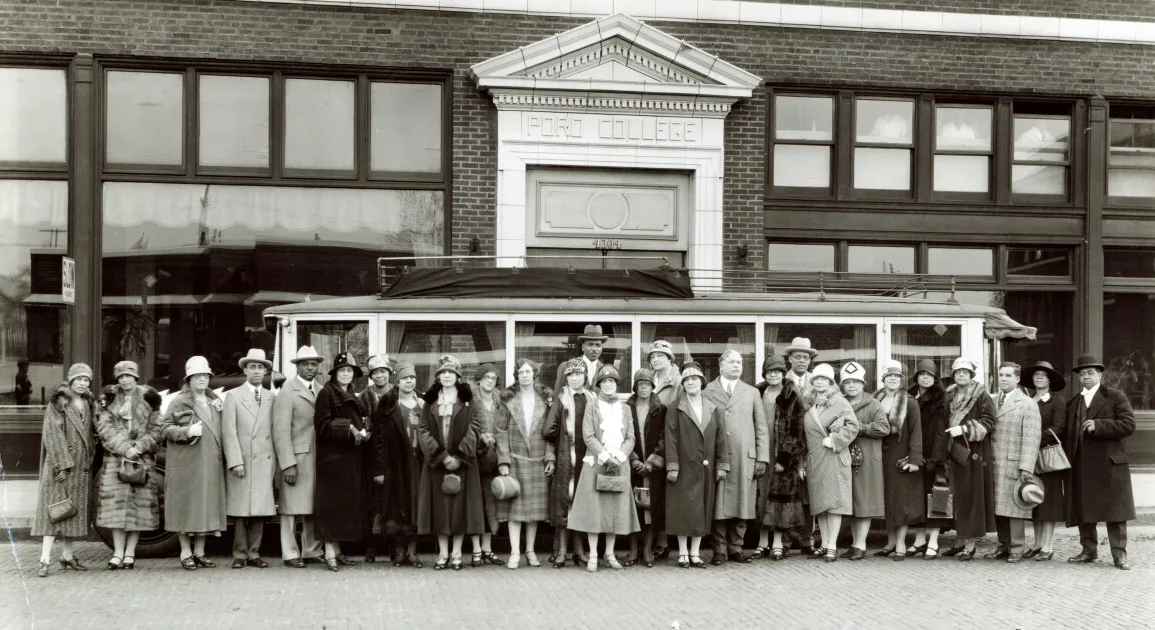The Missouri Historical Society is collecting items from the Greater Ville neighborhood in north St. Louis and the former Mill Creek Valley community to help preserve Black St. Louis history.
Through the African American History Initiative, historians want to gather documents, artifacts, photographs, vintage apparel, heirlooms and memorabilia from people who once lived in the Black neighborhoods. They also are collecting artifacts from defunct businesses that were cornerstones of the community. Historians plan to use the items in upcoming exhibits.
The society’s historians want to tell a complete story of historic Black neighborhoods in St. Louis by highlighting their vibrant culture and prosperous communities and by documenting how the neighborhoods fell victims to neglect and blight, said Rochelle Caruthers, director of the African American History initiative.
“If we don’t tell our history and be protectors of our history, it will literally be erased,” Caruthers said.
The Mill Creek Valley exhibit is slated to open in 2025, and the Greater Ville neighborhood exhibit will be showcased in 2027. Historians are collecting old household and business items from the neighborhoods to begin researching pieces, conserving objects and documents and curating the exhibit. Community members can donate or loan items to the society for exhibition use.
About 20,000 Black residents called Mill Creek Valley home until 1959, after the city wiped out the area as part of an urban renewal campaign. The neighborhood bordered parts of downtown St. Louis and the midtown area. Many displaced families moved to the Greater Ville area, other north St. Louis neighborhoods and parts of St. Louis County.
Black St. Louisans remember the Greater Ville neighborhood for its energetic entertainment sector and bustling Black business corridor during the early to mid-1900s. Many notable Black entertainers, entrepreneurs and educators once lived in the area. The neighborhood’s luster began to slowly wear off after Congress in 1968 passed the Fair Housing Act, which made housing discrimination illegal. Many Black residents moved farther north and into the county.
Since much of the Greater Ville is now vacant and longtime residents of the Mill Creek Valley neighborhood have moved, Caruthers said collecting historical pieces for the exhibits has been a daunting task.
“I’m pretty much looking for any and everything that people have on Mill Creek Valley,” she said. “It could be a giant sign that was on a building that somebody might have in their basement or garage … it could be something as simple as a letter that somebody wrote to somebody that lived in Mill Creek.”
Donors are asked to label items with names, dates and any information about the artifacts that would help the viewers contextualize what Black life was like during that period.
It is crucial that local institutions highlight Black history to expose the broader community to the experiences of Black St. Louis, said Cicely Hunter, a historian at the Missouri Historical Society.
“Things that we might not think are important because we use them in our daily life, those are the types of items that speak to the day-to-day experiences … and those are important stories that we continue to want to make sure that live on beyond the generation that existed in that community,” Hunter said.


